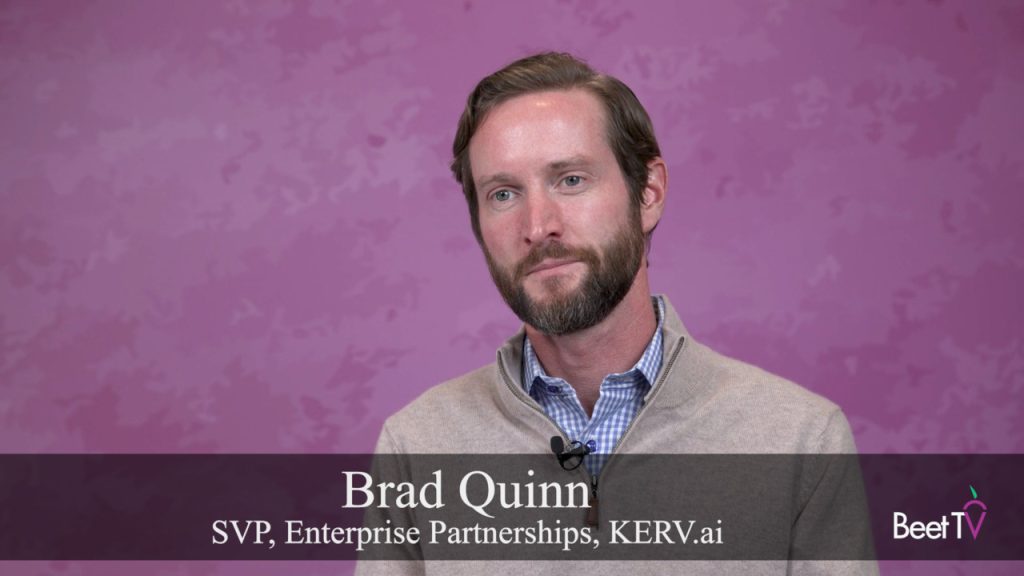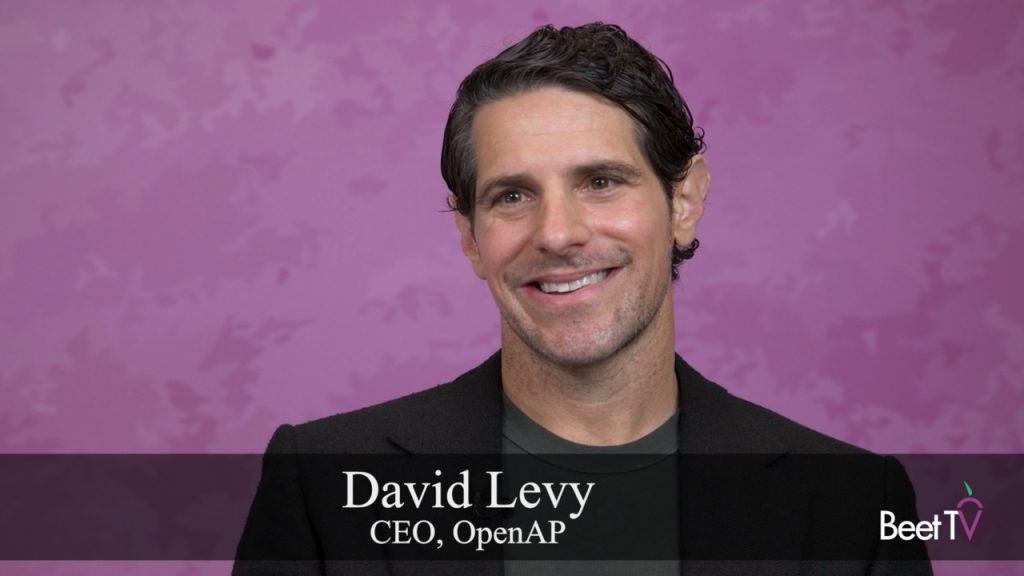 RealNetworks unveiled last week a new downloadable player that allows users to save all major video formats to a PC. As long as there is no copy protection, users can easily save QuickTime, WMV and Flash files. Here’s our post and demonstration.
RealNetworks unveiled last week a new downloadable player that allows users to save all major video formats to a PC. As long as there is no copy protection, users can easily save QuickTime, WMV and Flash files. Here’s our post and demonstration.
There’s been a lot of buzz and anticipation surrounding this. Michael Arrington over at TechCrunch is providing beta copies of the new program to his readers as part of a promotion with RealNetworks.
But there are industry concerns: While Flash, created by Adobe, is the most widely deployed plaforms with publishers including YouTube, Yahoo! AOL, The New York Times, etc, it has limited digital rights protections. For this reason, most publishers don’t provide downloads, just provide streams that come and go. Sure there are hacks, but streaming is pretty safe.
With the new Real Player, the game has changed.
Brightcove’s CEO Jeremy Allaire calls the new Real Networks player "illegal piracy."
Adobe is not very enthusiastic. The software giant which owns Macromedia, the developer of Flash, is about to release a new destop player that allows Flash files to be saved. But, there are many differences. I asked Adobe to comment on its position on the new RealNetworks player and the differences with Adobe’s upcoming release.
Follows is an unedited statement provided to Beet.TV by Deeje Cooley, Product Manager for Adobe Media Player:
What’s the difference between the Real Player and the Adobe Media Player:
The difference is that Adobe Media Player fully supports the business of content publishers, this means allowing publishers to manage content distribution and monetization with features like branding, advertising, tracking, reporting, and content protection.
Won’t the new Adobe Media Player also save unprotected .flv files? Is there a difference?
Yes, the Adobe Media Player does support download of Flash video but the approach is a bit different. The Adobe Media Player allows end users to take Flash video offline but in a more structured way that revolves around media RSS feeds. Adobe Media Player has many additional features for end-users, like the My Shows video aggregator where new episodes can be automatically downloaded from the publisher directly, as well as Saved Videos for managing local FLV files. Adobe is committed to providing convenient, useful, and engaging experiences for end users while enabling publishers to distribute their content to the widest possible audiences in ways that support their business models. Clearly, end users want to download content, and Adobe is enabling publishers to offer that capability to their audiences directly.
What are publishers to do to protect their material in Flash?
Today, Adobe offers content protection for publishers thru its Flash Media Server streaming capabilities. With our announcement of Adobe Media Player, Adobe has signaled its intent to extend the Flash content ecosystem with support for content protection for downloaded content.
This additional form of content protection for downloaded content will benefit of both end users and publishers alike.
One thing you can be sure of, DRM for Flash files are going to be very much in demand. Adobe will provide more protection. Widevine, a small Seattle start-up is providing effective DRM on Flash — sounds like a good business niche to me.
— Andy Plesser


























